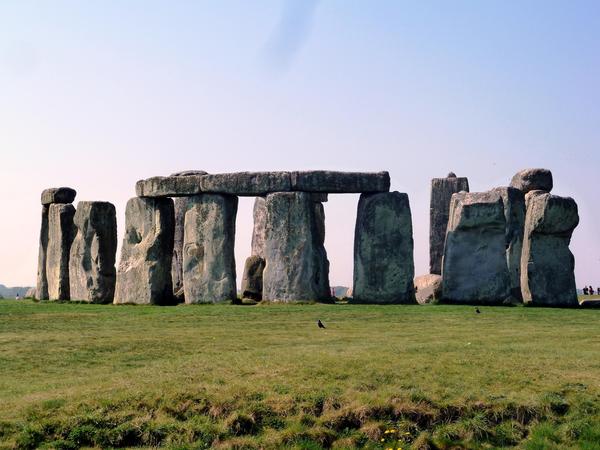
A student took this photo of Stonehenge while on an Explorica educational tour
Over in Harry Potter’s homeland is Stonehenge. Though even Harry himself might be baffled by this wonder. That’s because its Neolithic builders who lived in England roughly 5,000 years ago didn’t keep written records telling us when, why or how Stonehenge was built.
Luckily, archeologists have been doing some tough investigative work to satisfy our curiosity. They’re pretty sure that Stonehenge’s concentric circles were built in four stages over a lengthy 1,500 year period. (And you thought your municipal workers were slow!) Archeologists even agree that Stonehenge served as a burial ground and a place of ancestor worship. In fact, digs at the site have uncovered remains of people not just from England but from as far away as Germany, France and the Mediterranean.
But it’s unlikely that this was Stonehenge’s exclusive function. Other scholars have suggested that Stonehenge was a place of religious ritual, a tool for astronomy (the stones are aligned to mark the Summer Solstice, the Winter Solstice, and the most northerly sunrise and sunset) and as a place to observe the Sun and Moon gods.
Yet, one question still perplexes everyone. How did Stonehenge’s builders move these massive stone blocks that measure roughly 15 feet and weigh up to 44 tons (or the equivalent of about five elephants to you and me) in an era when the wheel hadn’t even been invented?
Folk tales trying to explain this phenomenon have been flying around for centuries. (And they may even be as good as any modern theory, such as one that alleges that ancient man rolled the rocks to the Stonehenge site.) Take that of a gent named Geoffrey of Monmouth who lived during the Middle Ages. He claimed that the stones had magical healing properties and were brought to Ireland by a tribe of African giants before being transported—by the wizard, Merlin—to England. Talk about making Muggles of all of us!
